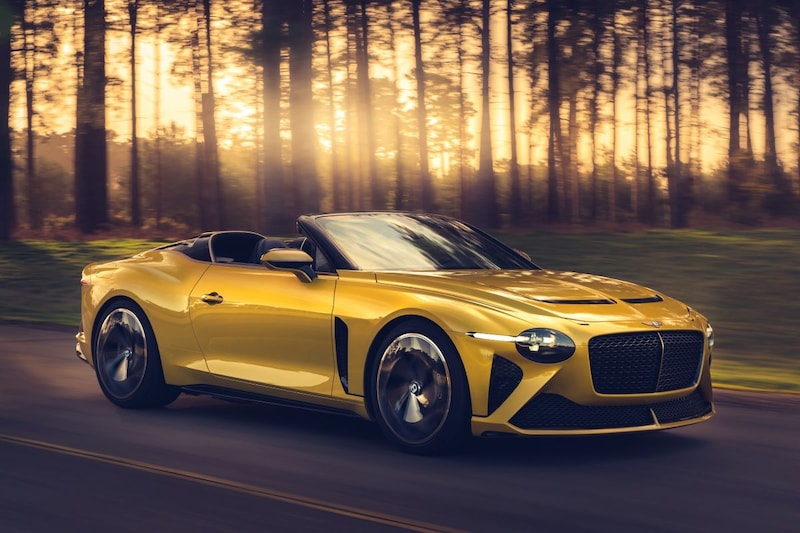

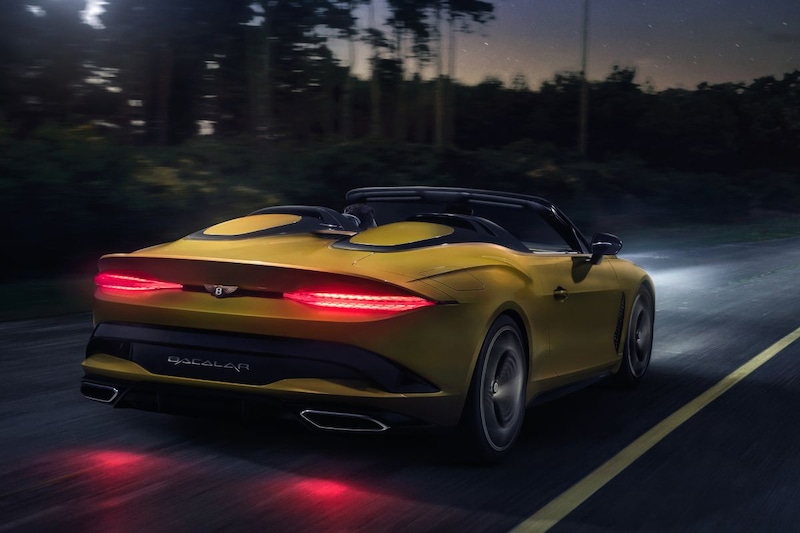

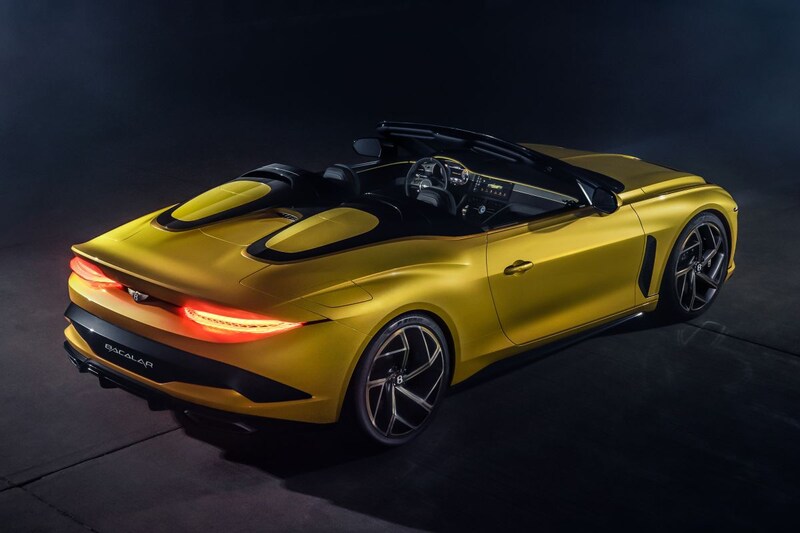
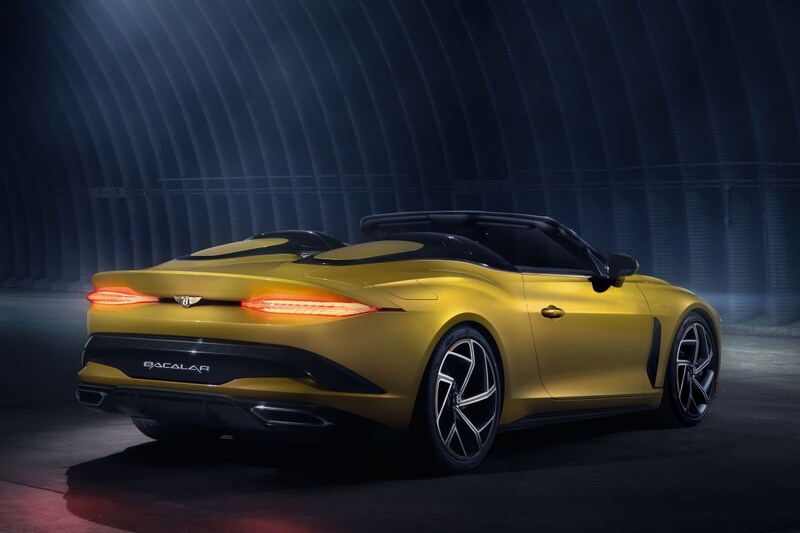
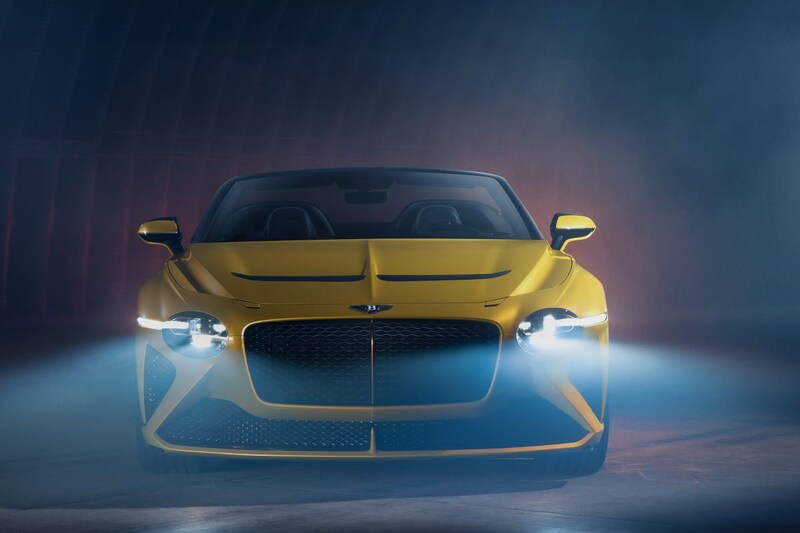
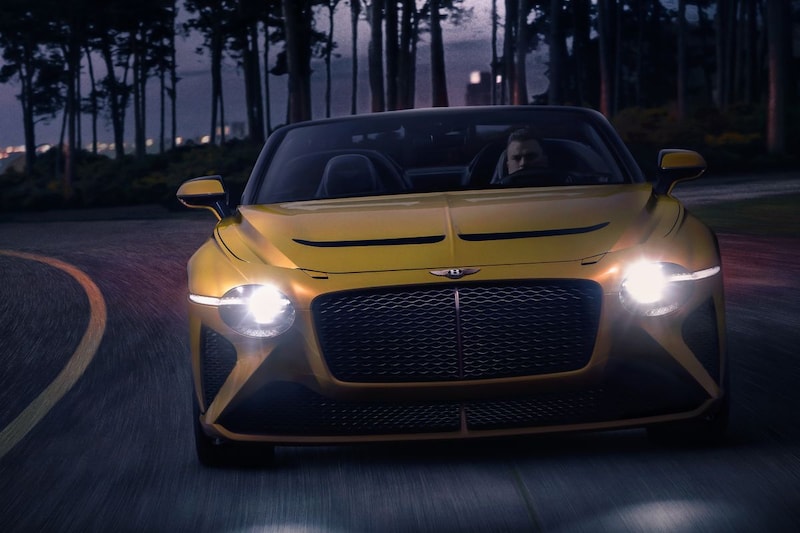
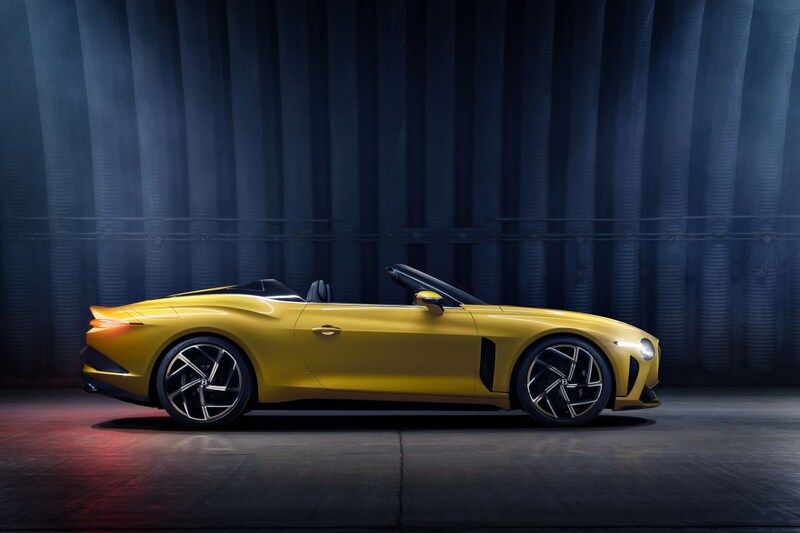

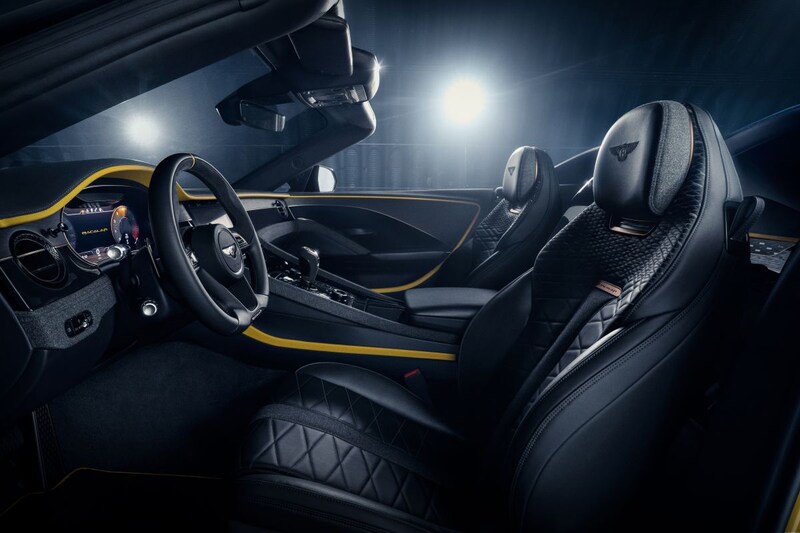

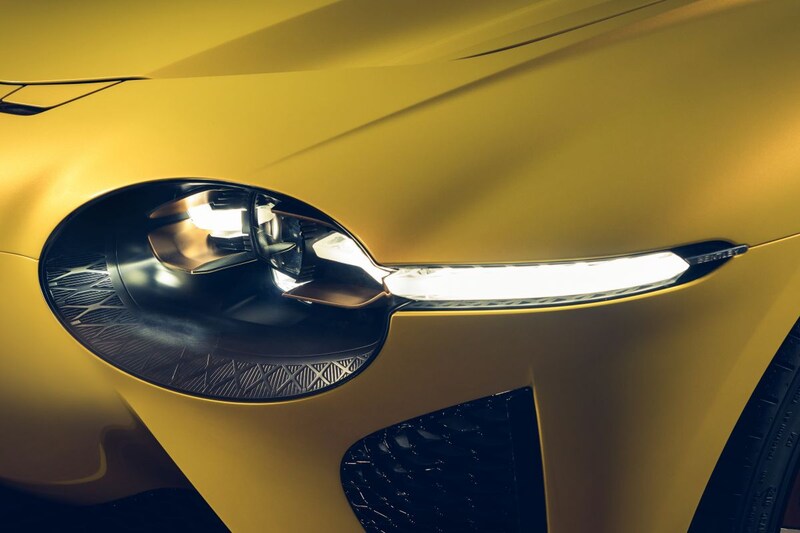


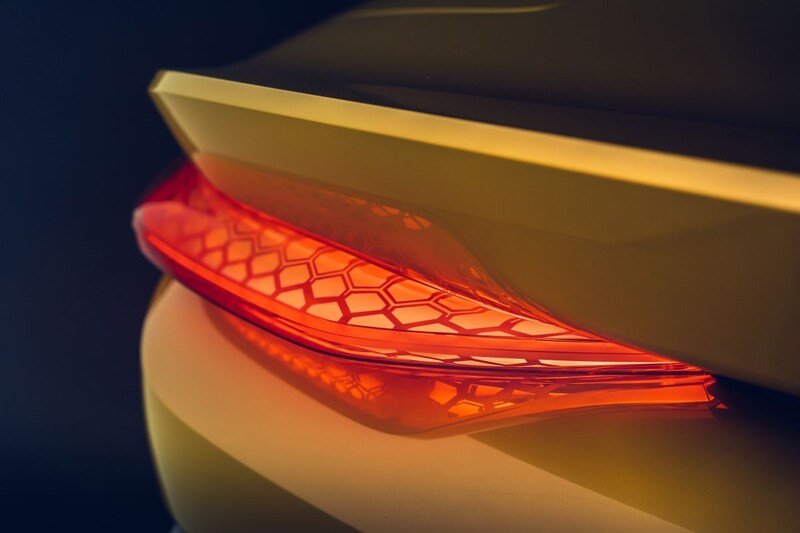
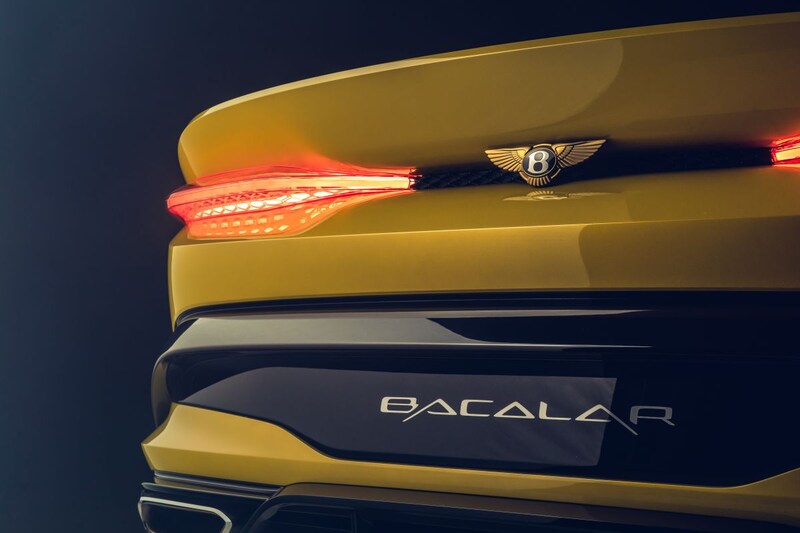
Bentley would show the Continental GT Mulliner Convertible at the Geneva Motor Show, but that’s not the only open newcomer to the brand that Bentley’s Mulliner department has been involved with. This is namely the very eccentric Bacalar, a car that therefore does not experience its world debut in Geneva either.
Mulliner is the Bentley department where you can knock on for accessories that are customized to your personal wishes that you would like to have on or in your Bentley. This ‘personalization department’ originates from H.J. Mulliner & Co, a coachbuilder founded in 1897, who was involved in building bodies for Rolls-Royces and Bentleys before the war. In 1959, the company was wholly owned by Rolls-Royce and Bentley is currently using the name for its personalization department. This year marks a turning point for Mulliner. Bentley uses its Mulliner department again to design and build exclusive models in a limited edition. Exhibit number one is in Geneva: the Bacalar, named after a lake in Mexico, serves as a signboard of what Mulliner is capable of.
Design
The Bacalar is in fact nothing more than a thoroughly renovated Continental GT Convertible with its own coach, but with that description we do the openwork Englishman short. Mulliner punctuates the Bacalar with the appearance of the EXP 100 GT presented last year, a show car with which Bentley celebrated its 100th anniversary. The double round headlights of the original Continental GT are replaced by lamps that are clearly inspired by those of the EXP 100 GT. The Bacalar has a set of single, more oval headlights that are split through a horizontal LED strip. Furthermore, not only the complete shape of the front bumper is inspired by that of the EXP 100 GT, but also the vertical line that runs straight down the grille from the completely new hood, drawn with cooling slots and deep curves, is a characteristic that the Bacalar derives on the EXP 100 GT. Another not unimportant difference compared to the Continental GT: the Bacalar is a two-seater instead of a four-seater.
Seen from the side, the additional cooling slots in the front screens, the horizontal line across the flank and the new side mirrors stand out, and the curve above the rear wheel, together with the fuel cap, also have a completely different shape. More interesting are the aft deck and the back of the Bacalar. The complete rear with its specially designed and partially submerged 3D light units is in fact a real eye-catcher. Here too, the design is clearly based on the lines of the EXP 100 GT. The convertible roof does not have the Bacalar. In return, you get a striking aft deck with two speedster-characteristic ‘bumps’ behind the headrests. Behind the front seats you can still store some luggage.
Things like the aft deck are made of aluminum while the doors and spoiler work are all made of carbon fiber. The track width behind is 2 centimeters larger than that of the Continental GT. The interior changes are smaller, although you can have almost all stitching, strips and other materials adjusted to your own taste. Optical differences: the Bacalar has a steering wheel flattened at the bottom and the round ventilation grilles in the center console of the Continental GT have been replaced by rectangular ones. No exclusive model without the use of remarkable materials and so Bentley proudly mentions the use of rice husk in the lacquer to simulate the effect of metallic lacquer. Bentley also uses English wool and – yes – 5,000 year old wood in the interior of the Bacalar.
Engine and availability
Even under the hood, the Bacalar cannot be compared one to one with the car with which it shares its technical basis. Whereas the Continental GT has a 635 horsepower and a 900 Nm strong 6.0 W12, the twelve-cylinder in the Bacalar delivers 659 hp and 900 Nm. Just like the Continental GT, this exclusive derivative has an eight-speed automatic transmission with double clutch. The Bacalar is four-wheel drive, but if the circumstances allow it, as much power as possible goes to the rear axle.
Milliner is only going to build 12 copies of the Bacalar, copies that – you guessed it – all have been forgiven. They are all made by hand in Mulliner’s workshop in Crewe, England.